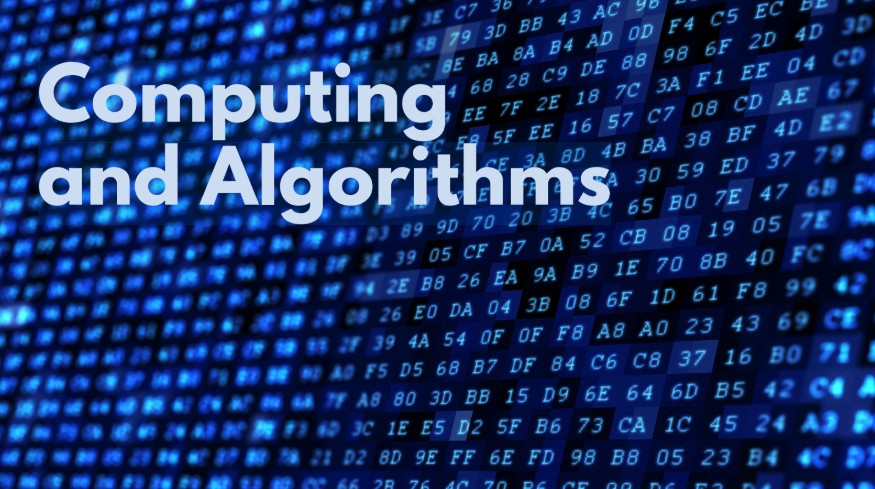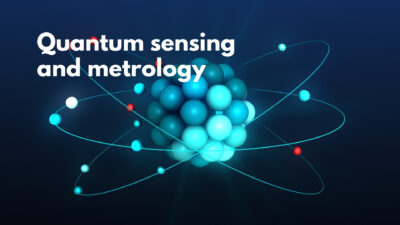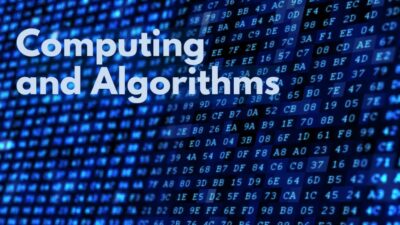The article discusses various sources of nonclassical light used in quantum networks, with a focus on spontaneous parametric down-conversion (SPDC) and other techniques. SPDC is a widely used method for generating single photons and entangled photon pairs, which are essential for quantum communication and information processing. The article also explores other sources of nonclassical light, such as quantum dots, Rydberg-excited atomic ensembles, and nitrogen vacancy centers, which can be used as deterministic single-photon sources. These sources have different characteristics, such as emission wavelengths, production rates, and purity, and can be integrated into various quantum technologies. The article highlights the importance of developing efficient, pure, and indistinguishable single-photon sources for the advancement of quantum networks and quantum information processing.
Keywords: single-photon, entanglement, photon pairs, quantum networks, quantum light, quantum states, cavity-enhanced SPDC, nanophotonic visible-telecom entangled photon pair source, polarization-entangled photon pairs, sequential time-bin entangled photon-pair source, quantum dots, Rydberg-excited atomic ensembles, quantum particles, deterministic single-photon source



